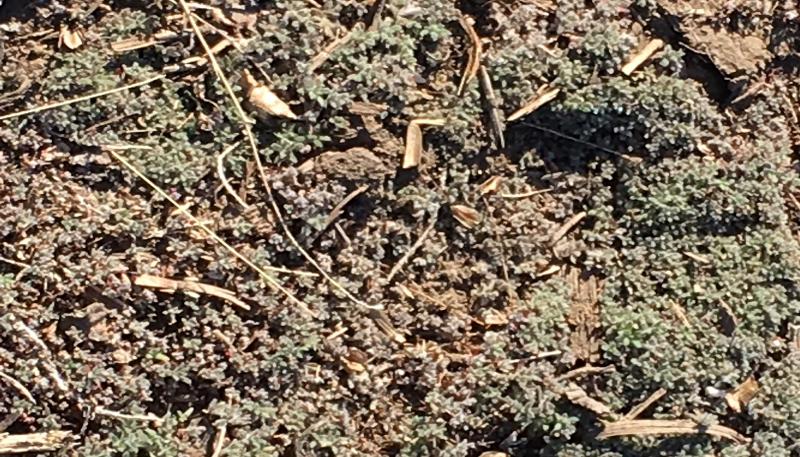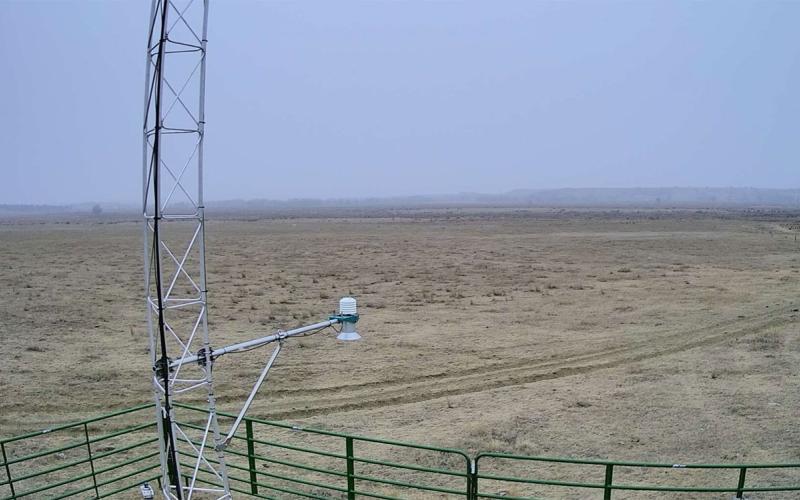Originally written by Gared Shaffer, former SDSU Extension Weeds Field Specialist.
Temperature and Burndown Herbicide

In South Dakota, the spring can come with a wide range of temperature fluctuations. This will affect the performance of burndown herbicides. Depending upon the target weed, type of herbicide and application rate, there will likely be decreased weed control in cooler temperatures. When the air temperature falls below 60°, most plant growth slows including weeds. This slow growth results in slower herbicide uptake and translocation. Therefore, since uptake and translocation is slowed, so will the onset of herbicide symptoms and the herbicides ability to produce an intended result. It is advised to not apply herbicides if a severe frost is in the forecast. If weeds are damaged or under stress before the herbicide has properly translocated, control will be reduced.
Further, if the temperature decreases to 40° F for any extended time frame after a burndown herbicide has been applied, weed control will likely be severely reduced, especailly for systemic products like glyphosate or 2,4D. Also, another weather factor that impacts weed control is cloudy conditions following a temperature below 40° F. The ideal temperature for applying most post-emergent herbicides is between 65° F and 85° F, but this is not always possible. Burndown herbicides may be applied at temperatures from 40° F to 60° F, but this may cause slow weed control to take place, as noted above. When the temperature is below 60° F, herbicide absorption and translocation are lower compared to higher temperatures.
The ideal weed control solution is to wait for better weather conditions, if possible. Weed size or other situations may dictate the field being treated in less than ideal conditions. If it is necessary to spray in these conditions pick an herbicide with excellent ability to control the targeted weed species and use the highest recommended rate to help increase the control.
Rainfast Period
Many herbicide labels include recommendations on how much time must elapse between application and a rain event to ensure the optimal herbicide performance. This is defined as the rainfast period. In general, rainfast periods are based on good weather conditions. If weather conditions are not ideal for herbicide application then the rainfast period will no longer be the same as stated on the label. For many herbicides, any amount of rainfall soon after spraying has potential to reduce absorption, translocation and weed control in general.


